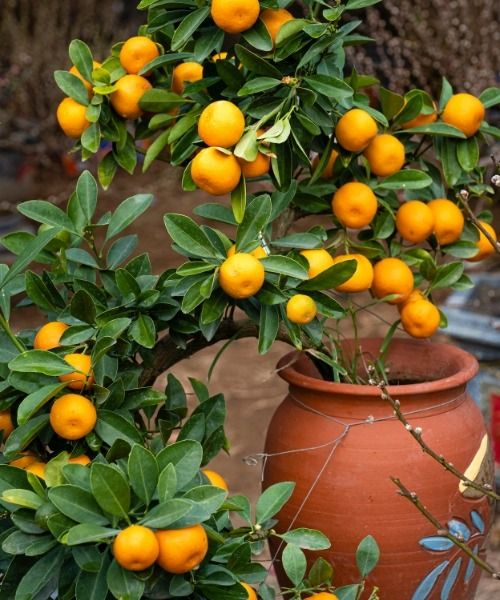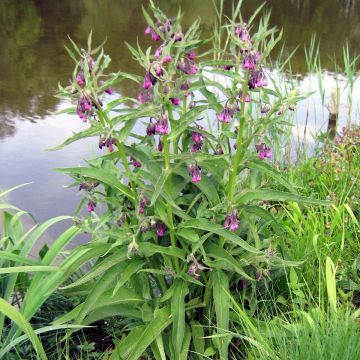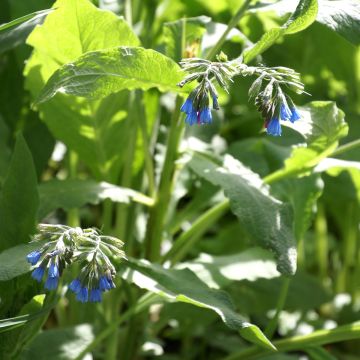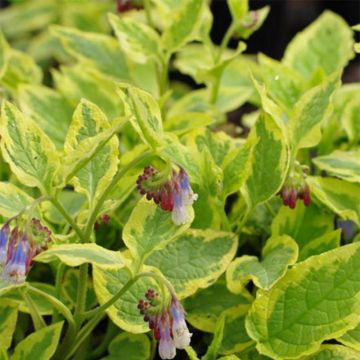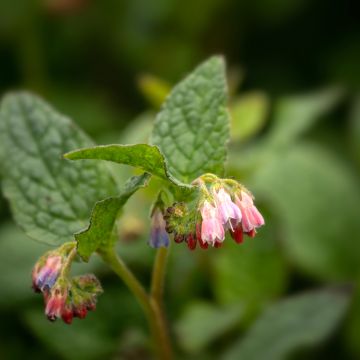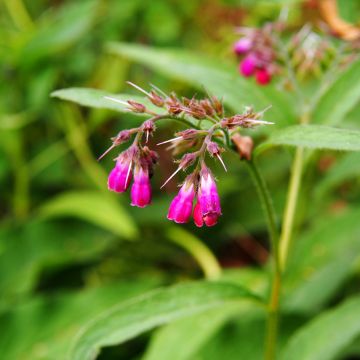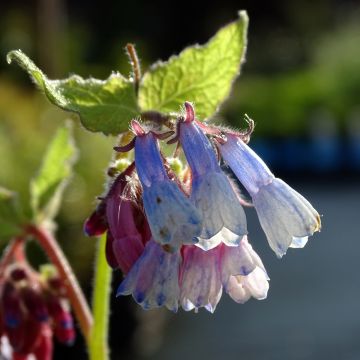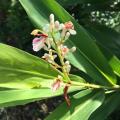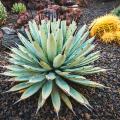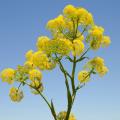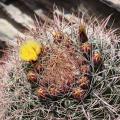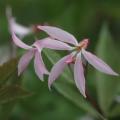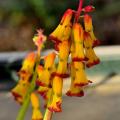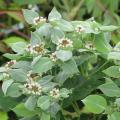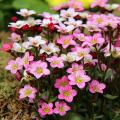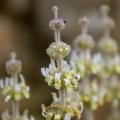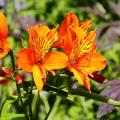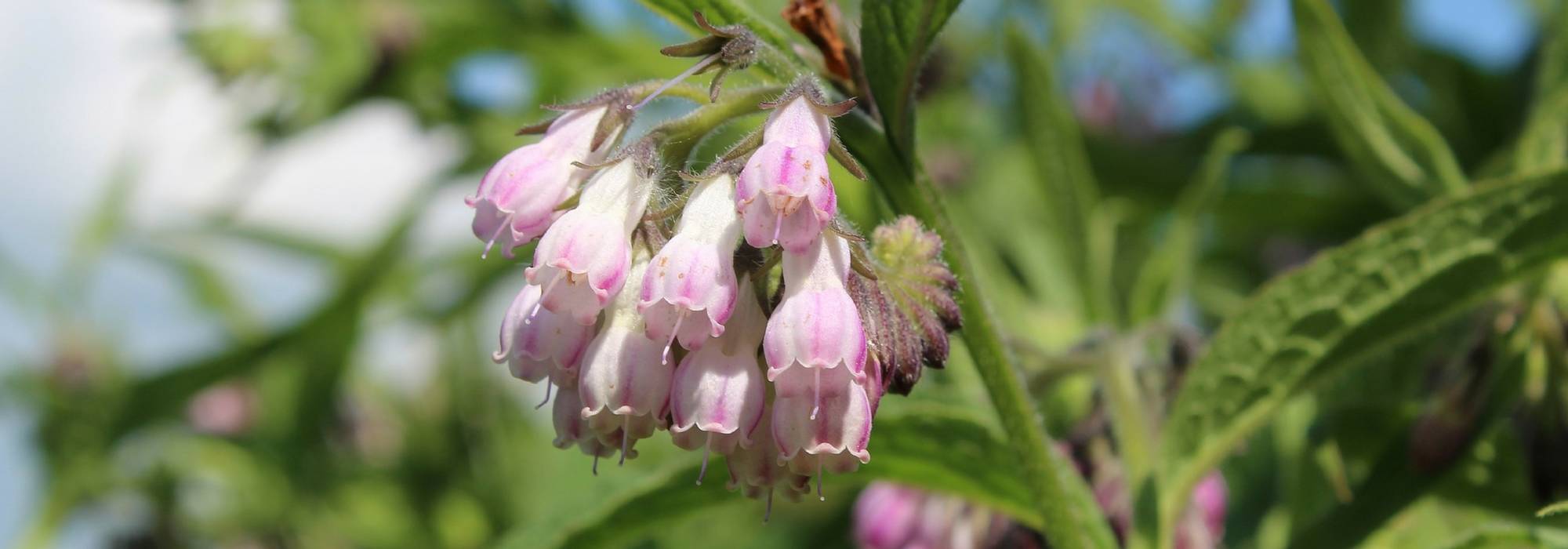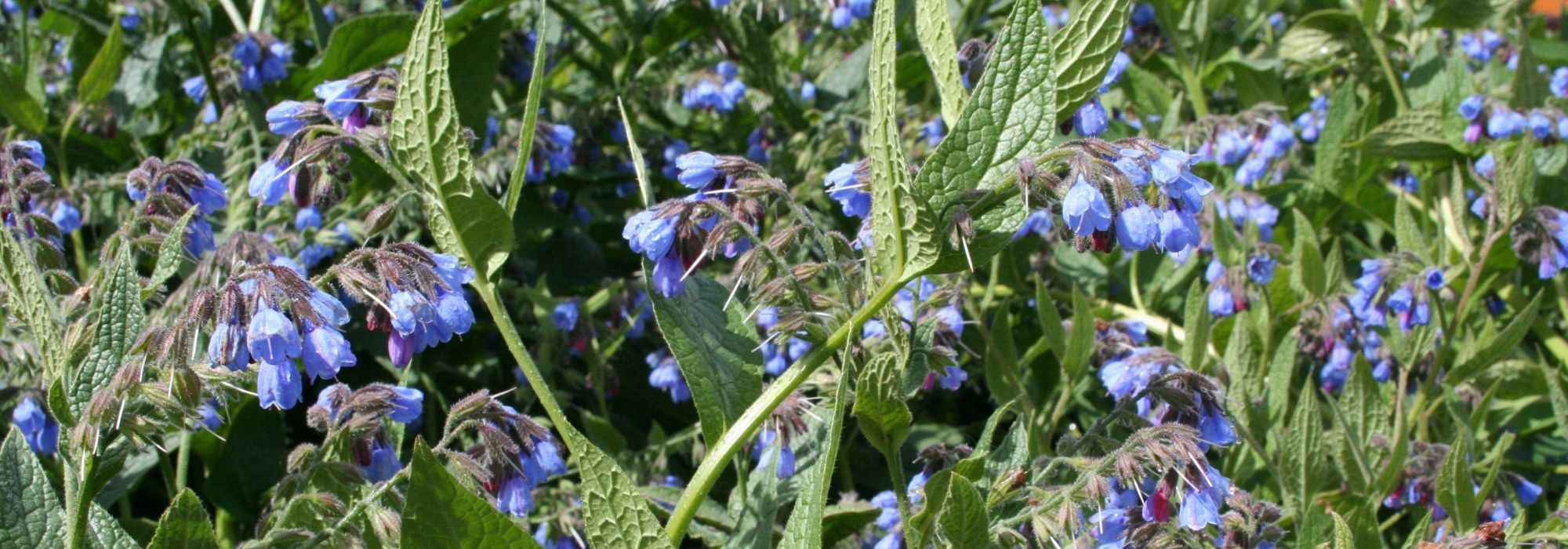Symphytum - Comfrey
Would this plant suit my garden? Set up your Plantfit profile →
Available in 2 sizes
Available in 2 sizes
Available in 0 sizes
Available in 2 sizes
Available in 1 sizes
Available in 1 sizes
Available in 1 sizes
Available in 1 sizes
Available in 1 sizes
Available in 1 sizes
Comfrey is a perennial plant with many virtues! Known since antiquity for its medicinal properties, Symphytum officinale, the comfrey plant, is still widely used in homeopathy, ointments, or balms, especially for treating certain conditions such as tendonitis. Comfrey can be used in many ways: as a vegetable in cooking, but especially in the garden or in permaculture when made into a natural fertiliser and compost rich in potassium, trace elements, and vitamins.
But comfrey is also a decorative plant thanks to its spring flowers in colours ranging from pink, purple, and white, to light blue, which attract bees, and its large leaves that add a beautiful texture to shaded areas in the garden. It also self-seeds very easily.
From the tuberous comfrey (Symphytum tuberosum) to the highly ornamental Russian comfrey (Symphytum x uplandicum), all are easy to grow and deserve a spot in our gardens. Let's not forget the large-flowered comfrey, also known as creeping comfrey (Symphytum grandiflorum), a very floriferous and charming perennial. It produces cream-white bell-shaped flowers which bees love and brightens up shady or sunny flower beds in spring.
With its natural propensity to form vast colonies in the most inhospitable areas of the garden, comfrey is ideal for shaded or moist spaces in a garden that embraces nature.
Hardy and vigorous, comfrey requires minimal maintenance once established in moist to wet soil. It forms a dense ground cover that requires no weeding.
Haven't found what you were looking for?

































